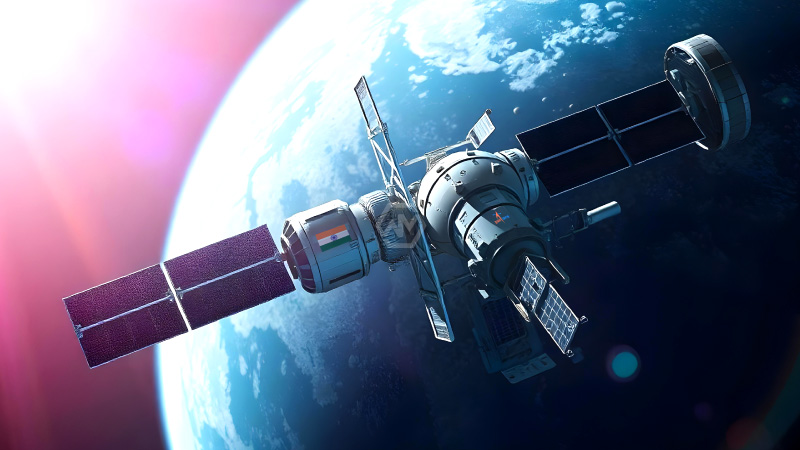- ISRO’s SpaDeX mission aims to demonstrate spacecraft rendezvous and docking in low-Earth orbit.
- Two satellites, chaser and target, are on a controlled drift trajectory for precision docking.
- Despite delays, ISRO is set for initial docking by January 10, showcasing India’s space capabilities.
The Indian Space Research Organisation (ISRO) is advancing its Space Docking Experiment (SpaDeX), highlighting India’s growing space expertise. The mission, launched on December 30, aims to demonstrate rendezvous, docking, and undocking of satellites in low-Earth orbit.
ISRO’s SpaDeX mission aligns with India’s goal of self-reliance in space technology, showcasing indigenous innovation. This ambitious project contributes to the “Aatmanirbhar Bharat” initiative, positioning India as a significant player in space exploration.
ISRO’s SpaDeX Mission Paves the Way for Future Space Exploration
ISRO’s SpaDeX mission is a monumental step in India’s space exploration journey. The mission, launched in December 2024, is designed to showcase India’s capability to perform spacecraft rendezvous and docking in low-Earth orbit. After some technical challenges, the spacecraft are now on a stabilized drift trajectory, which is crucial for the upcoming docking process.
Despite facing delays due to unexpected satellite movement, ISRO’s team has successfully managed to correct the trajectory, allowing the chaser and target satellites to approach each other with precision. This controlled drift is a key phase in the mission, ensuring accurate docking conditions and the possibility of future in-orbit operations.
Looking ahead, ISRO is planning an ambitious schedule for 2025, which includes several critical space missions. Among these is the GSLV-F15 mission, set to launch in late January, which will enhance India’s NavIC navigation system with advanced atomic clocks and improved signal capabilities. This is a significant milestone for India’s satellite infrastructure.
In addition, ISRO is focusing on human spaceflight with the upcoming Gaganyaan uncrewed mission test, part of India’s efforts to send astronauts into space. With these developments, ISRO continues to strengthen its space capabilities, building momentum for more innovative missions.
India’s SpaDeX mission demonstrates ISRO’s commitment to pushing the boundaries of space technology and self-reliance. With further advancements in satellite capabilities and human spaceflight, ISRO is setting a strong foundation for future space exploration.
“The SpaDeX mission is not just a demonstration of technology, but a reflection of India’s commitment to achieving self-reliance in space exploration.”



